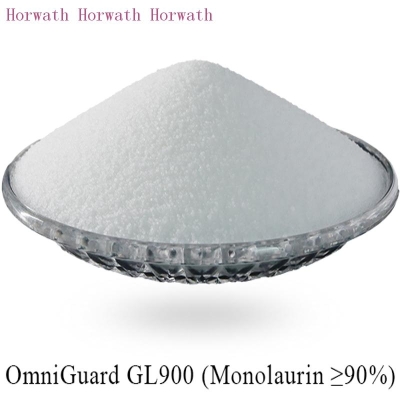New changes will appear in the distribution pattern of Maize in China after China's accession to WTO
-
Last Update: 2001-09-30
-
Source: Internet
-
Author: User
Search more information of high quality chemicals, good prices and reliable suppliers, visit
www.echemi.com
Introduction: corn is one of the three major food varieties in China, accounting for about a quarter of the national output, accounting for 20% of the world's total corn output After China's accession to the WTO, with the increase of the opening degree of China's grain market, the distribution pattern of corn will also appear new changes First, "transportation of grain from north to South" summarizes the basic pattern of corn circulation in China at present Corn production in China is very unbalanced The production areas are mainly concentrated in Northeast, North and Northwest China, while the sales areas are concentrated in southeast, East and southwest China, as well as Beijing, Tianjin and Shanghai According to regional division, corn production in the north of the Yangtze River accounts for about 77% of the country's total output, while sales volume accounts for only 50% of the country's total output; corn production in the south of the Yangtze River accounts for only 23% of the country's total output, while sales volume accounts for half of the country's consumption, and the remaining 50% needs to be solved by "North Grain South transportation" 2 At present, the price of corn is on the high side and the export speed is slowing down In August, the ex warehouse price of corn in Jilin Province was maintained at 1090-1100 yuan / ton, with the highest quotation reaching 1120 yuan / ton; the closing price of corn in Nanchang, Jiangxi Province was 1220-1230 yuan / ton, and the port corn was not much; the average price of corn in Huangpu port, Guangdong Province was 1310-1320 yuan / ton, and the local feed processing plant could only use the original stock and the port corn for production, resulting in the recent corn stock in Guangdong Province Down, prices are firm The rising price of corn has affected China's export in the next few months Its performance: first, the domestic price and the international price customs expand, and the market competitiveness weakens; second, after the market price rises, the domestic trade efficiency increases, and the enthusiasm of the domestic grain sector to provide foreign trade corn decreases According to statistics of relevant departments, China's total export of corn from January to May is 3.01 million tons It is estimated that by the end of 2000 / 2001, the total export of corn will be about 7 million tons According to the situation of corn export from 1990 to 1999 in our country, the peak is in 1992, 93 and 94, and the annual export volume is over 10 million tons; the lowest point is in 95 and 96, and the annual export is only over 100000 tons Eight out of ten years were net exports and only two years were net imports Third, after entering WTO, there will be a new pattern of "going south and going north" in China's corn production and circulation In the negotiation of bilateral agreements between China and the United States, the United States asked China's state-owned sector to gradually give up the right to import and operate corn, and set 50% of the quota Give way to private enterprises, and the import quota will be shared equally by the private sector by 2004 At present, the price of corn in China remains high, which is 30% higher than the international market price In 2000, China's corn export subsidies reached 368 yuan per ton In contrast, after China's accession to the WTO, some big corn consuming provinces and cities in the South and coastal areas can make use of the advantages of the coastal areas and ports to increase the flexibility of corn purchase When the domestic corn market is cheap, they will buy at home; when the international market is cheap, they will choose to import when the policy allows, and their dependence on the northern corn production areas will be weakened In this way, the pattern of China's corn circulation will inevitably be broken, and the original "North grain transportation to the South" will be replaced by the international corn circulation circulation with the coexistence of "North grain transportation to the South" and "North grain transportation to the South" In particular, a new round of World Trade Organization negotiations is about to start Further tariff reduction, gradual elimination of tariff barriers and grain export subsidies are a must After China's accession to the WTO, the distribution pattern of "going south and going north" corn is reasonable and acceptable If there is a pattern of "going south and not going north", the situation of corn circulation is very severe We must actively deal with and challenge in this respect (author:) share to feed Weibo share to:
This article is an English version of an article which is originally in the Chinese language on echemi.com and is provided for information purposes only.
This website makes no representation or warranty of any kind, either expressed or implied, as to the accuracy, completeness ownership or reliability of
the article or any translations thereof. If you have any concerns or complaints relating to the article, please send an email, providing a detailed
description of the concern or complaint, to
service@echemi.com. A staff member will contact you within 5 working days. Once verified, infringing content
will be removed immediately.







